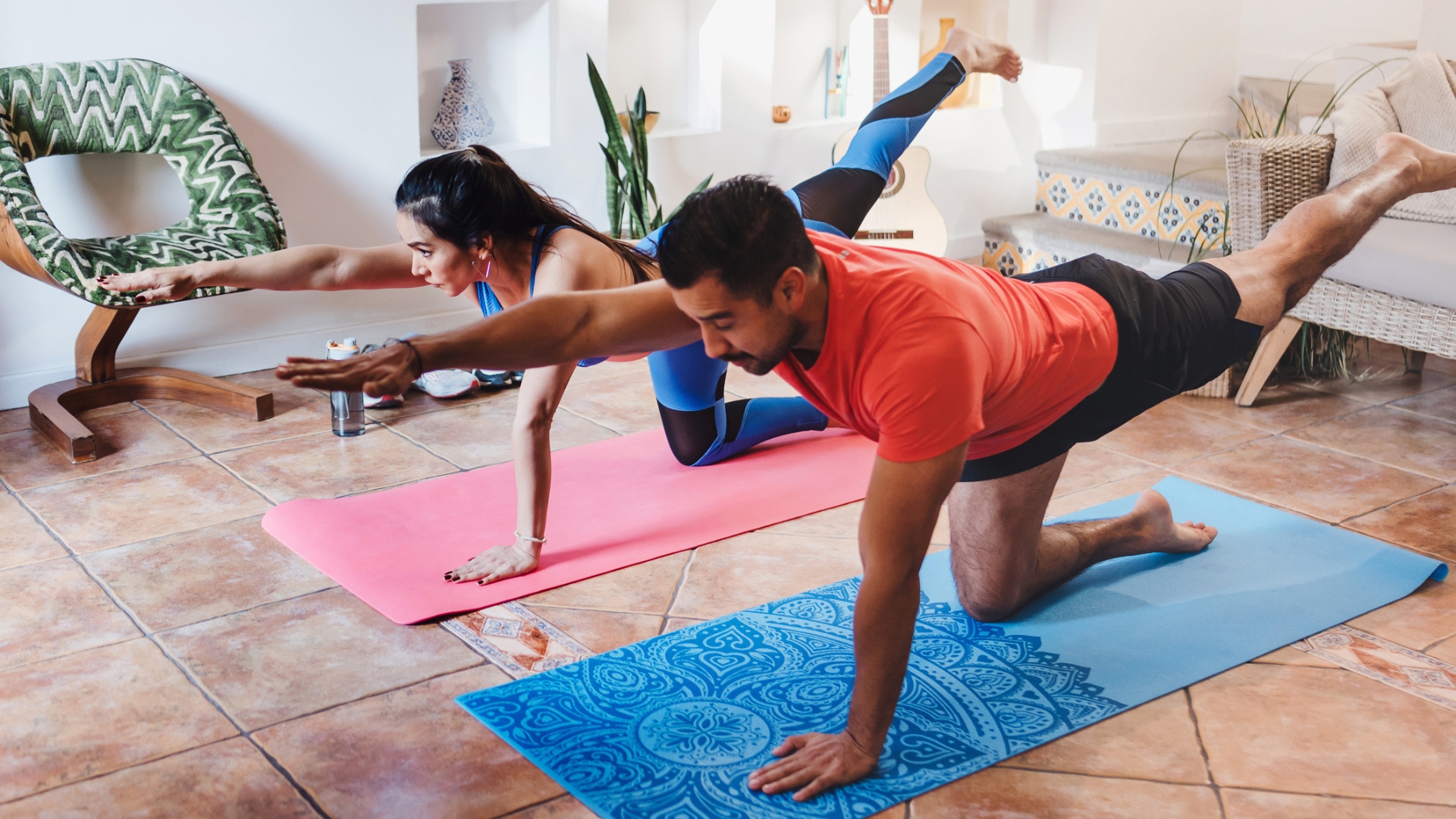All you need is your bodyweight and these three physical therapist-approved exercises to strengthen an injury-prone lower back
Strengthen your core to protect your back

If you work at a desk, play sports, do the gardening, slouch or have ever picked up something heavier than you should have, I imagine you’ve dealt with lower-back pain at some point—and it can be seriously debilitating.
I've been nursing an on-off back injury for the past few years, ever since I helped my sister move house on the same day that I did a squat-heavy CrossFit class—not my smartest move.
Having spoken to numerous experts, I've learned how to manage back pain once it strikes, but what can you do to minimize your risk of injury in the first place?
“To reduce the chance of re-injuring yourself you should incorporate regular strengthening exercises [in your routine], with an emphasis on core stabilization,” says Dr John Gallucci Jr., physical therapist and CEO of JAG Physical Therapy.
A strong and stable core, he explains, sets the foundation for safe and efficient movement patterns whether you’re in the gym, on the sports field or performing everyday activities.
“Core stabilization is key for injury prevention and overall movement efficiency,” he says. “Especially when recovering from or trying to prevent injury.”
Gallucci Jr. swears by these three core-strengthening exercises, which are suitable for both beginners and more experienced exercisers.
Start your week with achievable workout ideas, health tips and wellbeing advice in your inbox.
All you need to get started is your bodyweight.
“I always remind my patients to prioritize form over reps,” he adds, so take your time with each of these three moves, working to a set time rather than number of repetitions.
Once you master the technique, increase the time you spend on each exercise, always staying mindful of any movement that aggravates your lower back.
These moves can be performed as a standalone core-strengthening routine or added onto the end of a workout as a quick back-fortifying finisher.
1. Dead bug
“This exercise targets deep core muscles and does not stress the spine,” says Gallucci Jr. “It’s great for teaching core control.”
Time: 30-60sec
- Lie on your back, arms extended up, knees directly above your hips and bent to 90°.
- Keep your lower back flat on the floor as you extend and lower your right arm and left leg.
- Reverse the action and repeat with the opposite arm and leg.
- Keep alternating, slowly and with control.
2. Bird dog
“This exercise helps to build lumbar spine stability and coordination. It’s excellent for people with low back pain,” says Gallucci Jr.
Time: 30-60sec
- Start on your hands and knees, with your hands under your shoulders and your knees under your hips.
- Extend your right arm in front of you and your left leg behind.
- Reverse the action, then repeat on the other side.
- Focus on slow, controlled movements while keeping your hips level
3. Plank shoulder tap
“This exercise trains the muscles around your shoulder blades to work properly for an improved upright posture, and forces the core to stabilize while resisting rotation,” he says.
Time: 30-60sec
- Start on your hands and toes, with your arms straight, hands directly below your shoulders, and your body in a straight line from head to heels.
- Keep your hips stable as you bring one hand to tap your opposite shoulder.
- Alternate sides with each repetition.
If this is too challenging, drop your knees to the floor and build up the strength for the full plank shoulder tap. To progress the exercise, narrow the distance between your feet to make it harder to keep your body stable as you tap your shoulder.

Sam Rider is an experienced freelance journalist, specialising in health, fitness and wellness. He is also a REPS level 3 qualified personal trainer.



